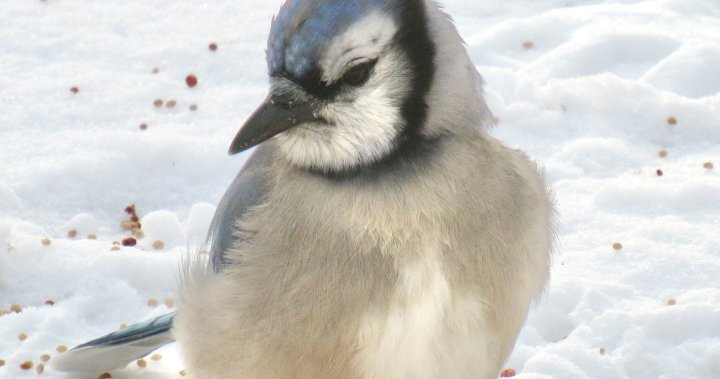The Christmas Bird Count, a long-standing tradition rooted in citizen science, offers a unique lens into the ever-changing dynamics of avian populations and, by extension, the health of our shared ecosystems. For over a century, volunteers across North America have braved the winter chill to meticulously document the birds they encounter, contributing to a vast dataset that informs conservation efforts and reveals crucial ecological trends. In Balmoral, Manitoba, Jim Duncan, a retired biologist driven by a deep love for nature, has orchestrated this annual census for 31 years. His dedication underscores the importance of this community-driven initiative, which not only tracks the fluctuating fortunes of various bird species but also fosters a sense of connection between people and the natural world.
The Christmas Bird Count transcends mere data collection; it embodies a spirit of camaraderie and shared purpose. Duncan’s account of volunteers navigating snow-covered landscapes, sharing anecdotes of unexpected discoveries, and collaboratively contributing to a greater understanding of avian life paints a vivid picture of this unique community effort. The discovery of a Golden Eagle during a previous count, a first for the Balmoral circle, exemplifies the excitement and potential for rare sightings that fuel the passion of these dedicated volunteers. This blend of scientific rigor and shared experience transforms the count into a cherished annual tradition, strengthening bonds between individuals while simultaneously contributing to valuable ecological research.
In Winnipeg, Rudolf Koes, a seasoned birder with a lifelong dedication to documenting avian life, has witnessed firsthand the transformative impact of human activity on bird populations. His meticulous bird diary, spanning decades, provides a poignant chronicle of the shifting avian landscape. Koes recounts the disappearance of certain species that were once common around Winnipeg, highlighting the profound impact of habitat loss and environmental change. His observations serve as a stark reminder of the fragility of ecosystems and the interconnectedness between human actions and the well-being of the natural world.
The changes observed by Koes are not limited to declines; some species have flourished amidst the changing landscape. Ducks and geese, along with a woodpecker species that was once rare, have experienced population growth, adapting to the evolving environment. These contrasting trends highlight the complex interplay of factors influencing bird populations and underscore the importance of long-term monitoring programs like the Christmas Bird Count. The data collected provides invaluable insights into the winners and losers in the face of environmental change, allowing researchers to understand the intricate web of ecological relationships.
The significance of the Christmas Bird Count extends beyond simply tracking population numbers; it serves as a barometer of environmental health. As climate change continues to reshape ecosystems, the count provides crucial data on how birds are responding to these shifts. Birds, often sensitive indicators of environmental change, can provide early warning signs of broader ecological problems. Their dependence on the same ecosystems as humans makes them valuable sentinels, alerting us to potential threats to our own well-being. The “canary in the coal mine” analogy aptly captures this concept, highlighting the importance of paying attention to avian trends as potential harbingers of larger environmental issues.
Beyond its scientific value, the Christmas Bird Count offers a unique opportunity for people to connect with nature, especially during the holiday season. Jim Duncan emphasizes the social aspect of the count, describing it as a chance for families and friends to bond over a shared activity that celebrates the natural world. This blend of scientific inquiry and social connection underscores the power of citizen science to engage people with their environment while simultaneously contributing to valuable research. The count embodies the idea that scientific discovery and enjoyment of nature are not mutually exclusive but can be mutually reinforcing, creating a positive feedback loop that benefits both people and the planet. The Christmas Bird Count serves as a compelling example of how collective action, driven by passion and a shared commitment to understanding the natural world, can yield invaluable insights and contribute to a more sustainable future.

